Exploring the Universe and History: The Trip to the Altopiano of Asiago
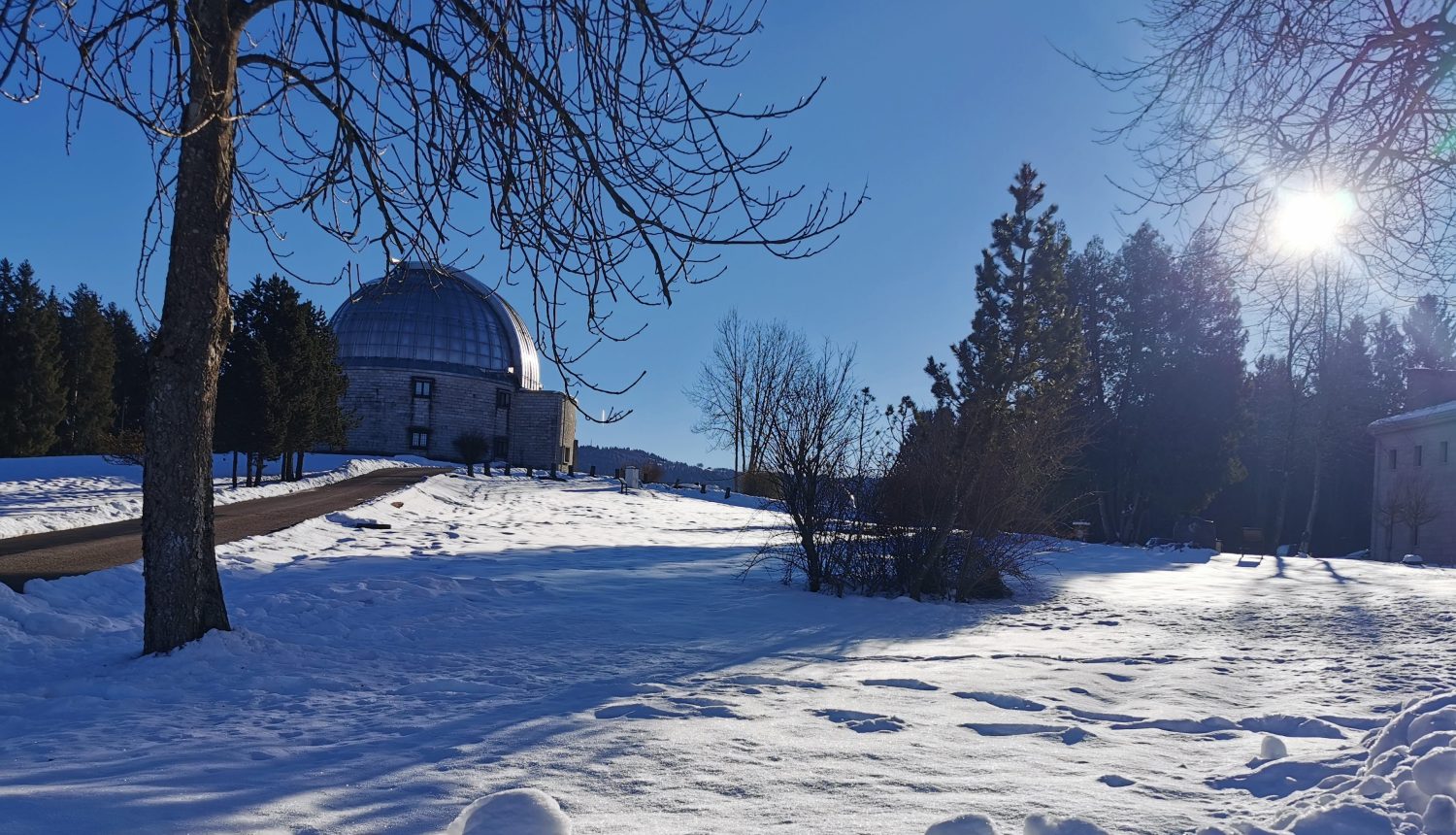
Written by Francesco Ramagli, Italian Literature Professor
The trip to the Asiago Plateau was an experience that gave MYP3 students the opportunity to step outside the classroom and immerse themselves in a journey that combined science, history, and creativity. This interdisciplinary project between Science and Italian Literature, dedicated to the theme of science fiction, was designed to stimulate not only critical thinking but also imagination, intertwining theoretical learning with hands-on experiences.
The journey began at the Asiago Planetarium, one of the largest astronomical observatories in Europe. Far from city lights, the sky revealed itself in all its majesty. The chance to observe stars, planets, and constellations through a professional telescope allowed students to experience a moment of pure wonder. Guided by Dr. Paolo Ochner, an astrophysicist from the University of Padua, the students explored the mysteries of the universe, transforming what they had learned in the classroom into a tangible and stimulating experience.
I clearly remember the enthusiasm and curiosity that filled the air as the astrophysicist explained how to read the night sky. Every bright dot seemed to carry a story, an invitation to imagine distant worlds and future scenarios, like those described by great science fiction authors. Each question or curiosity opened a door to a new aspect of the universe, making the lesson lively and engaging.
The day ended in a historic hotel, a place that preserves the cultural heritage of the Plateau and once hosted Mario Rigoni Stern, a writer who authentically narrated the deep connection between man, nature, and memory.
After a shared dinner, where conversations among students were spontaneous and full of reflections, it was time for a science fiction-themed film forum. The screening, held in a cozy projection room inside the hotel, was a moment of both relaxation and deepening: the images on the screen intertwined with the experiences of the day, offering new insights to connect the real world with the imaginary one.
The following day was dedicated to a broader exploration of scientific and historical themes. At the observatory’s science park, students walked along a “cosmic scale” path, representing the distances between the Sun, the planets, and the edges of the galaxy. This symbolic journey led them to reflect on the vastness of space and the role of our planet in such an immense context. It was an invitation to develop a new perspective on the world, combining awe and awareness.
Next, we focused on the historical dimension of the territory. The Asiago Plateau, with its trenches and battlefields, is a living archive of World War I. Visiting the museum dedicated to this conflict allowed students to come into direct contact with objects, testimonies, and stories that recount a dramatic yet fundamental past.
The local guides, young and passionate, turned the visit into an interactive experience, enriched by narratives that gave voice to those who lived through that period. A particularly moving moment was listening to the stories of soldiers and their letters that never reached their families. This simple account deeply touched the students, prompting them to reflect on the meaning of war and the importance of memory.
The trenches, artifacts, and testimonies revealed history in all its complexity, encouraging students to look beyond mere facts and numbers to the emotions and human experiences hidden behind them. This part of the trip gave them the chance to develop a more empathetic and nuanced understanding of the past.
An Experience That Leaves a Mark
This trip was not just a learning opportunity but an experience that engaged students on multiple levels. Every activity, from stargazing to historical reflection, helped stimulate their curiosity, critical thinking, and creativity.
The students learned to work together, sharing ideas and perspectives, and refined their ability to think critically about complex themes. They observed the sky through the lens of science but also through that of imagination, envisioning new worlds and possible futures. At the same time, visiting the museum and memorial sites allowed them to confront the past and grasp the importance of universal values such as peace and solidarity.
The experience on the Asiago Plateau demonstrated how a well-structured educational project can go beyond the simple transmission of knowledge, becoming a moment of personal and collective growth. This journey left a deep impression on the students, inspiring reflections that will continue to grow with them over time.
Between sky and history, imagination and memory, this trip united science, culture, and humanity, giving students an experience they will always carry with them.






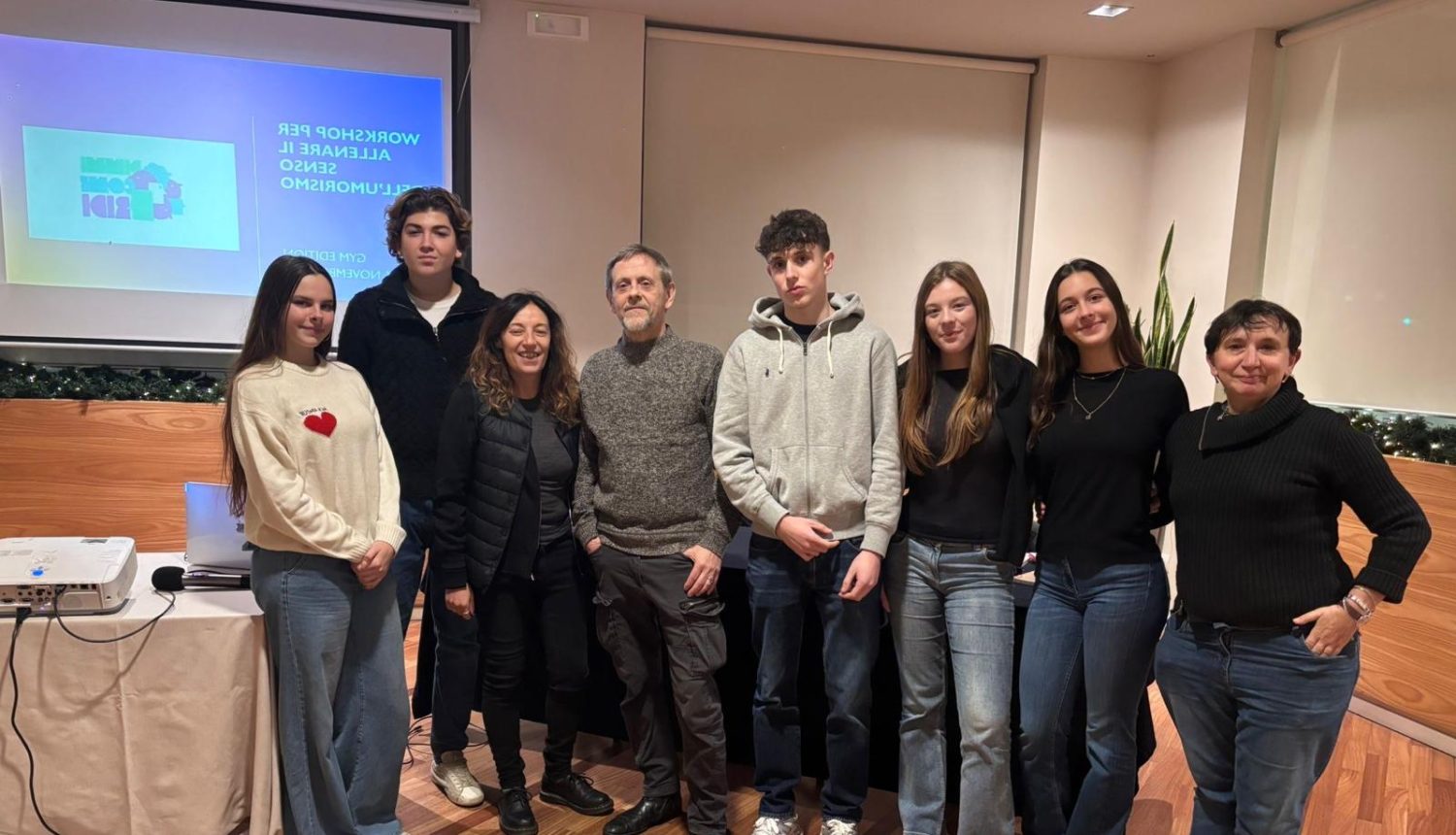

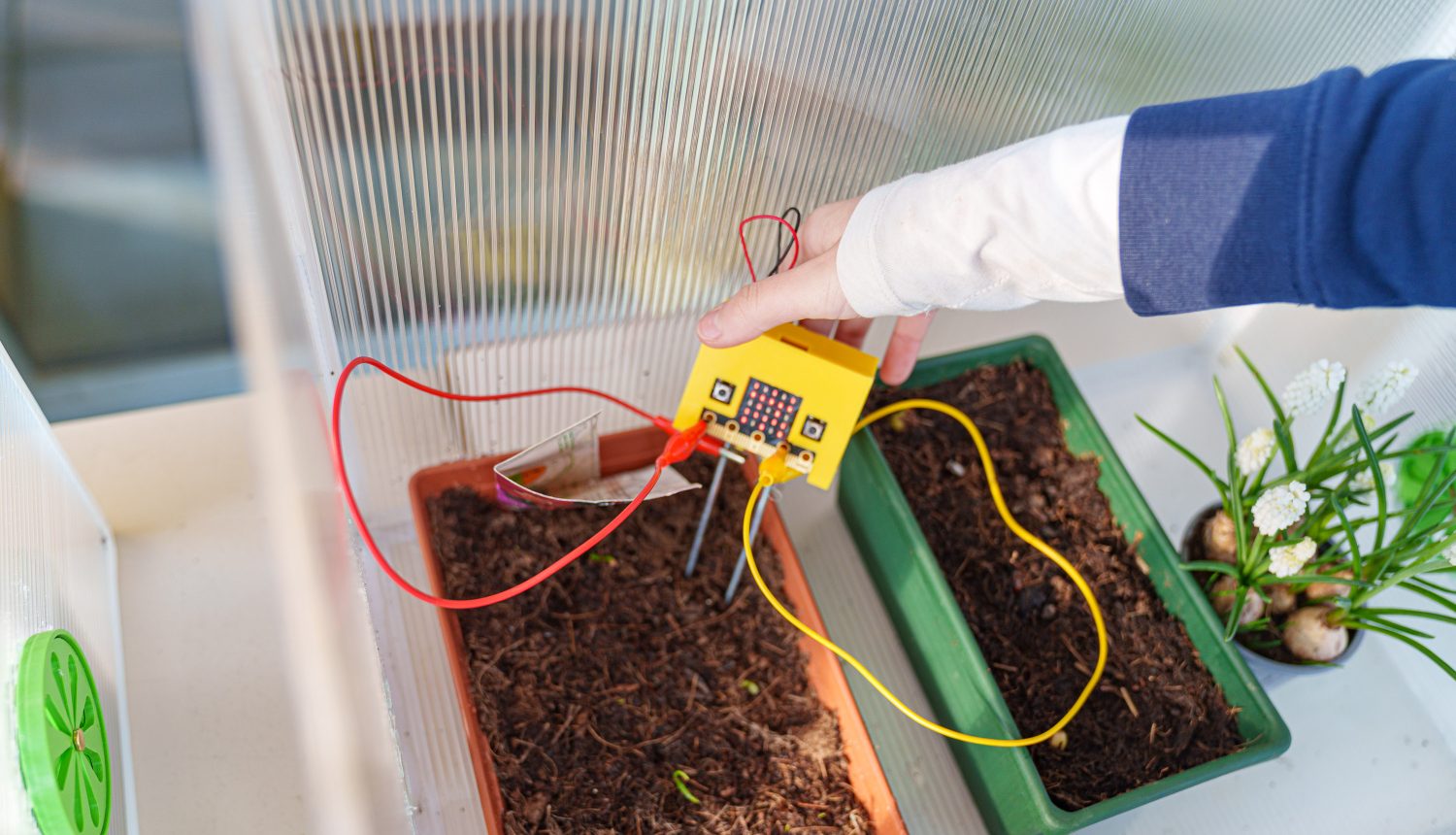
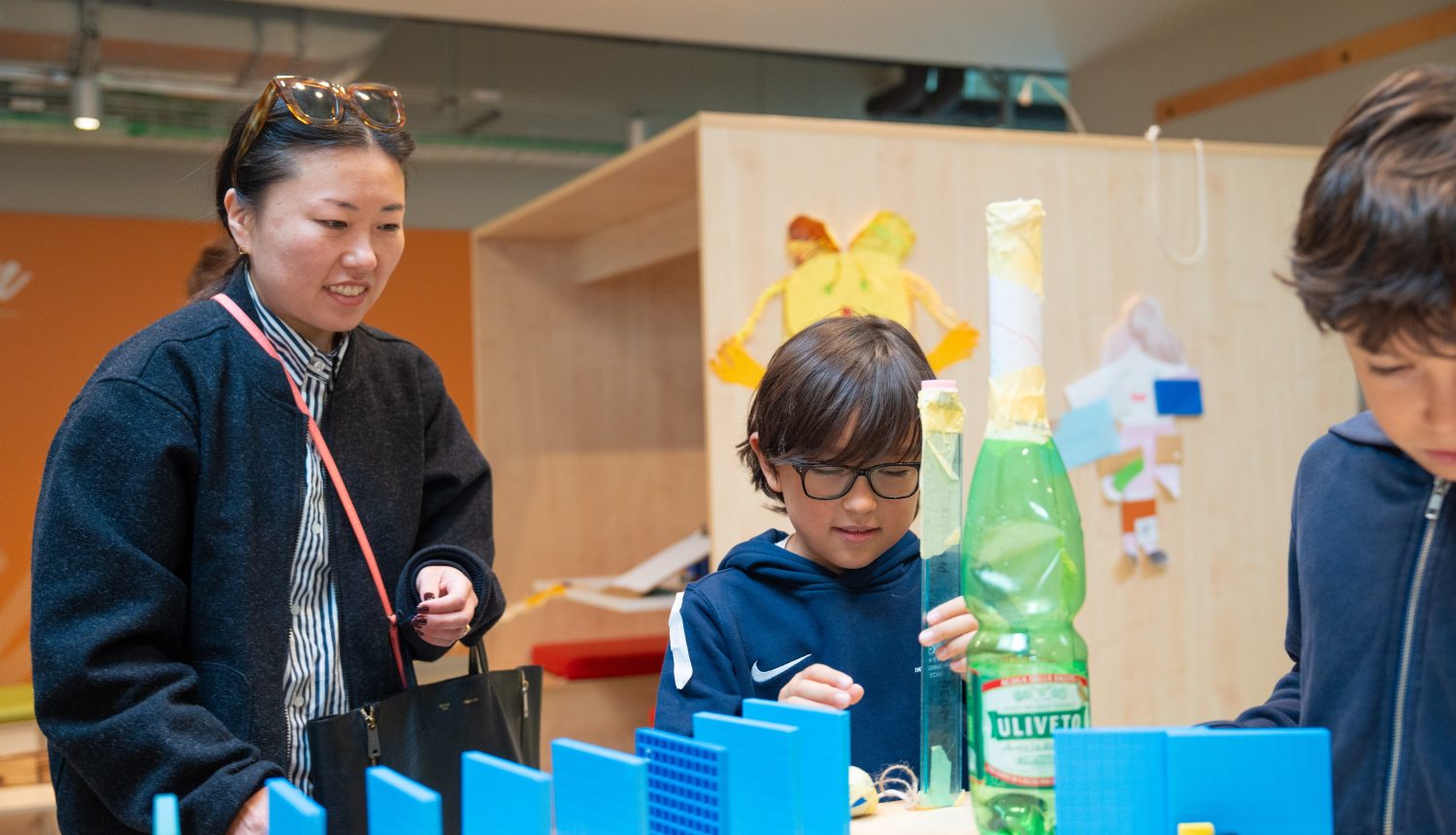
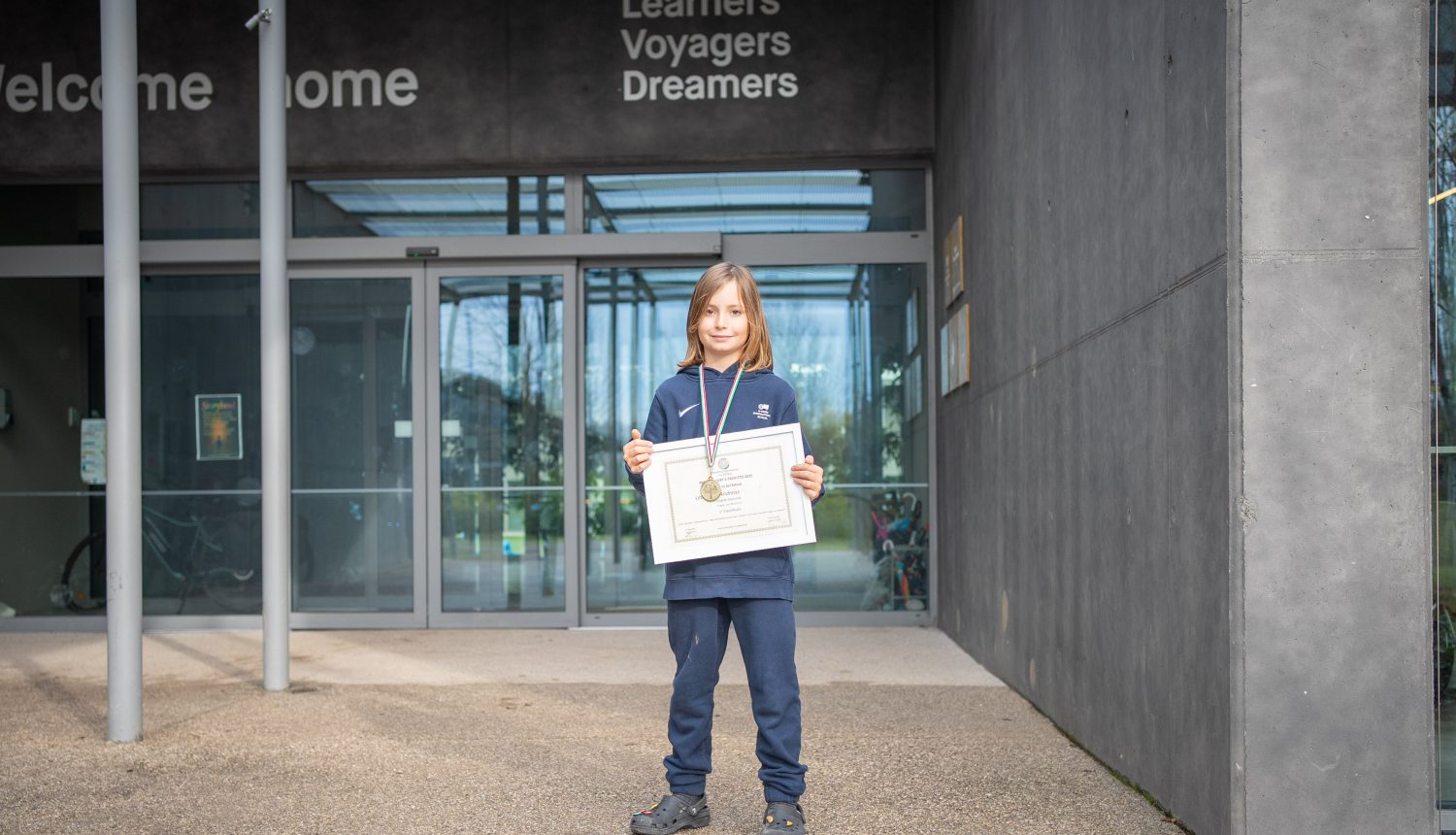
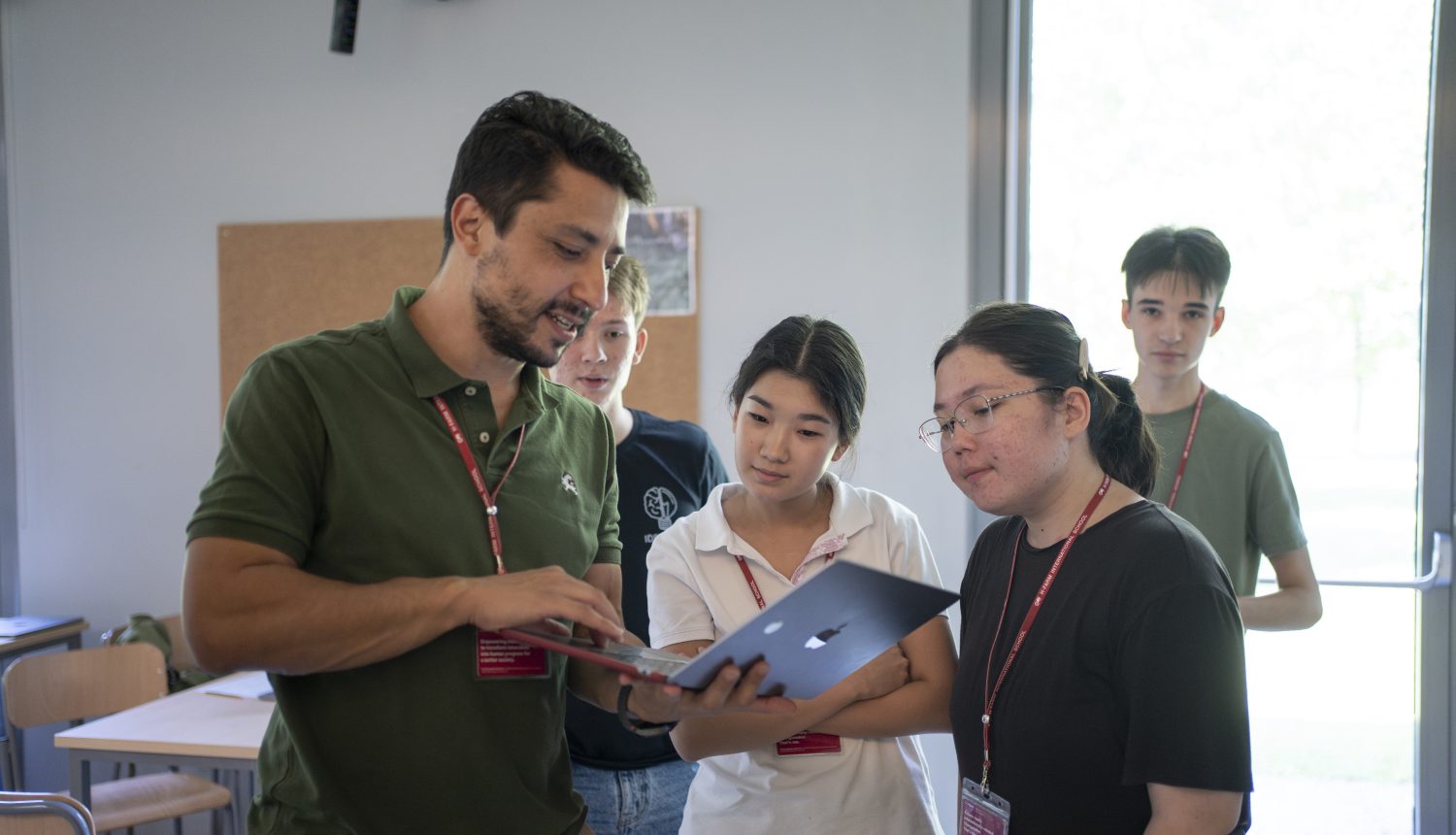
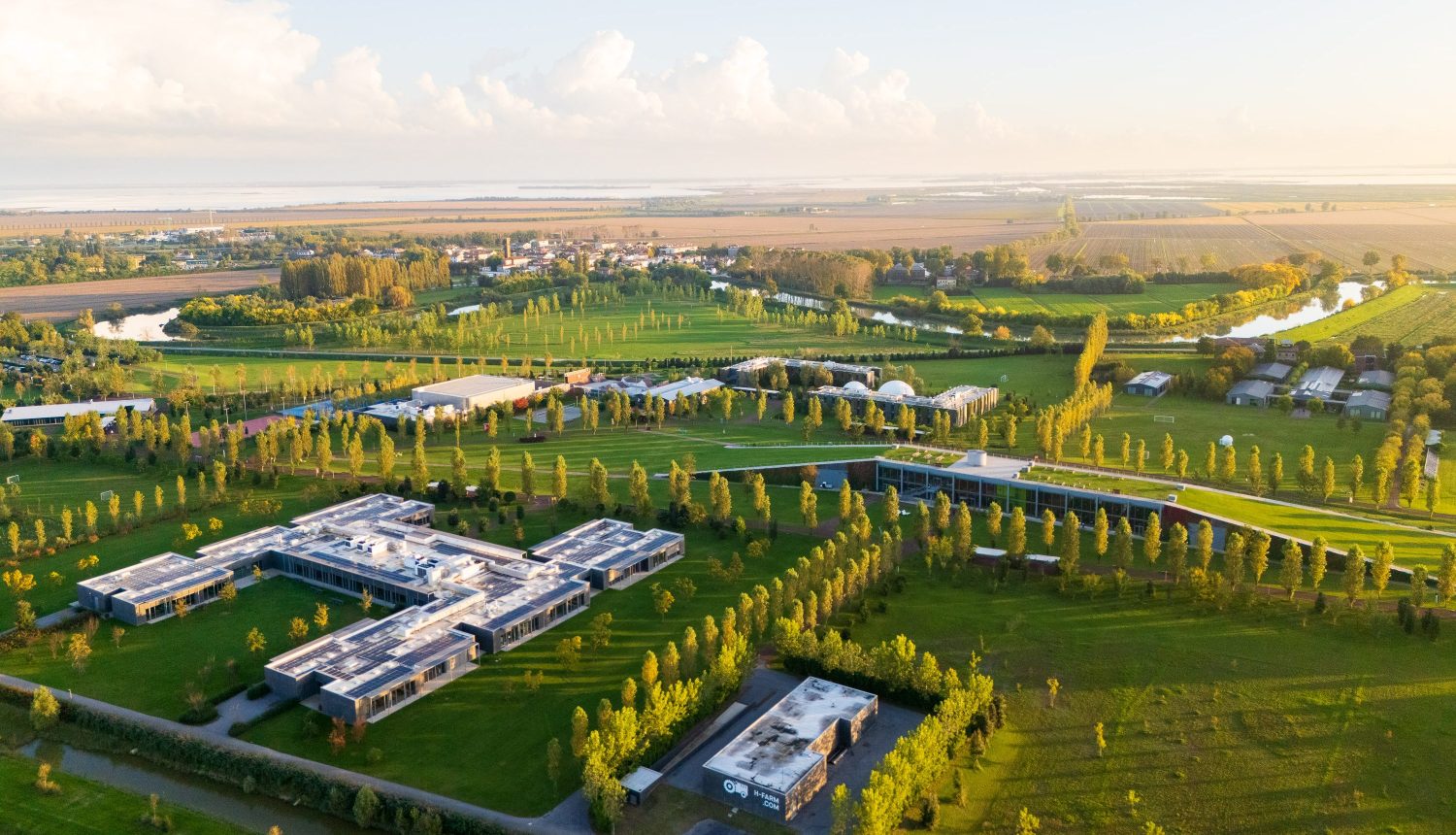

 Back
Back
